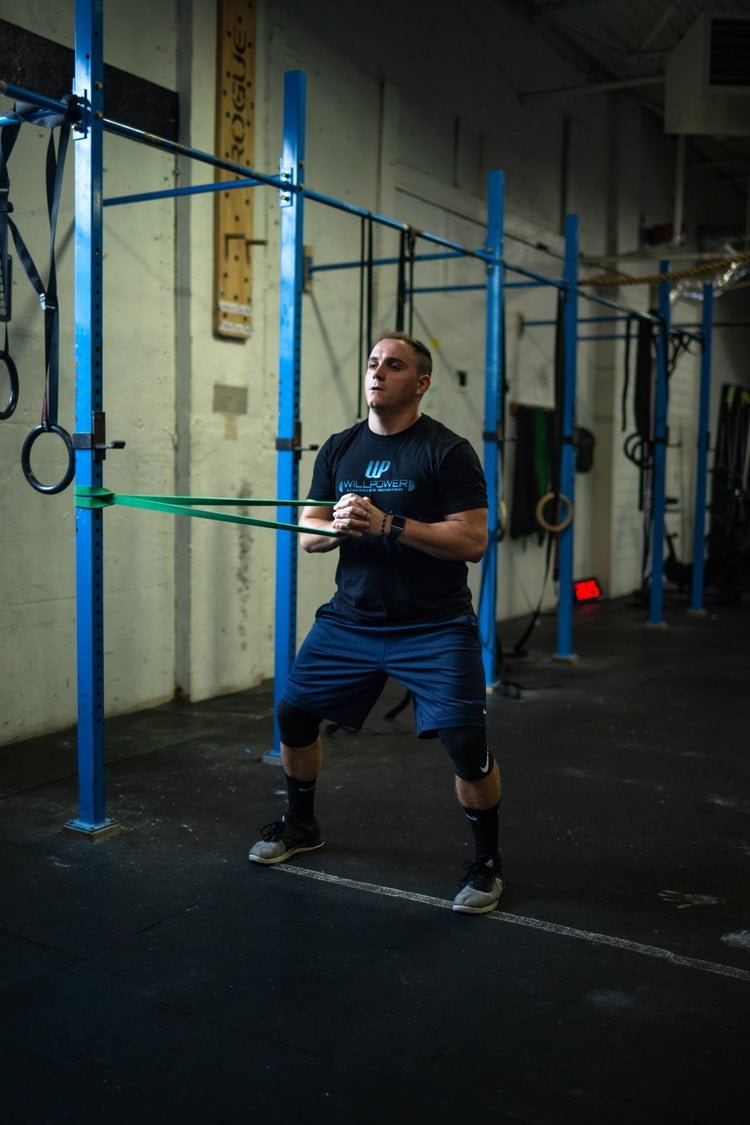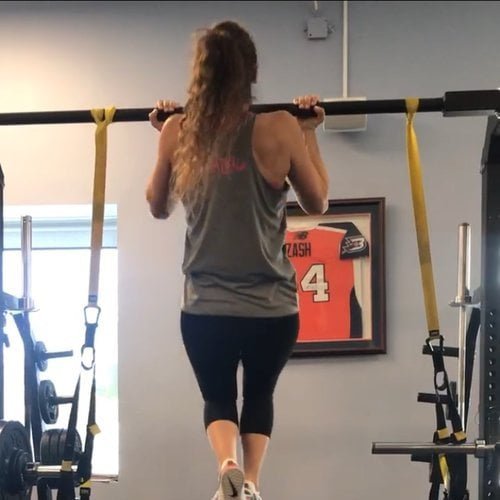5 Exercises To Relieve or Prevent Low Back Pain To Keep You Training Hard
This week we’re diving into low back pain. Although you may be reading this and thinking to yourself “my back doesn’t hurt why does this matter?”, pain does not always correlate with dysfunction right away.
You could be reading this with unknown mechanical faults in your movement that may eventually lead you to pain down the road or sub optimal mechanics during your training which could inhibit your performance or lead to injury.
i.e. my own personal battle with back pain where I went from no pain whats-so-ever to army crawling up my driveway from not being able to stand up straight.
These exact exercises have been staples in my own rehab and now pre-hab to fortify my low back and keep me doing what I love – Training hard.
Although the exact causes of low back pain can be many and clinicians and coaches alike spend their careers trying to investigate the causes and remedies, In my experience, providing relief to clients and patients has come down to 5 factors and their associated ceorrective exercises. Treating low back pain rather quickly through exercise prescription.
If you have pack pain, or think your movement could be cleaned up – give these a shot and let us know how it has helped you!
1) The Open Book – https://www.youtube.com/watch?v=1mMGw3rhf2M
As you may have seen me speak about before, the body does not operate in isolation. Each joint will be effected by the joints above and below it. Given this fact, the body alternates between stable and mobile joints. Thus, if a mobile joint is tight and not moving well, it will be forced to steal motion from a stable joint – which is not designed to move, resulting in pain. The low back is a stable joint where as the upper back is a mobile joint. If the upper back is tight and does not rotate / extend, the low back will be called upon to move when it does not want to.
2) Hip 90/90 – https://www.youtube.com/watch?v=dMsXx_Qqpj0
Similar to the the open book mentioned above, the Hip 90/90 exercise aims to improve hip mobility, in order to prevent the need for the low back to act as a mobile joint. When the hips cannot rotate, flex or extend the low back is called upon. The hips can be tough to treat because some of the strongest muscles and ligaments in the body cross the hip joint i.e. the glutes. But consistent work to both hips can go a long way in relieving pain and improving positions in training.
3) Sciatic Neve Flossing – https://www.youtube.com/watch?v=5xUfO9hhdkA
Most people with back pain have heard the term Sciatica, which is a radiating pain down the back side of the leg due to some sort of compression of the nerve along its distribution. When it comes to low back pain, the sciatic nerve can sometimes be a culprit because it can become adhered to the muscles and fascia around it and does not slide well. Nerves want to be mobile and slide and when they cant, just like tight joints, they restrict movement and can cause low back pain since this is where the sciatic nerve will originate. Flossing of the nerve is a fancy way to describe moving of the nerve to free it of any adhesions and allow proper movement and sliding within its channel.
4) Box Step Up – https://www.youtube.com/watch?v=AAV57Q3PkYo
The glutes, specifically the gluteus maximus, play an enormous role in low back health. The primary role of the glute max is hip extension during functional movement. This includes, walking, standing from a chair, deadlifting, squatting and more. When the glutes become inhibited or weak, low back muscles (and hamstrings) are called upon to produce pseudo-hip extension, by causing hyperextension of the low back. Which overtime can cause joint breakdown and pain. With glute training you not only want to strengthen the glutes as much as possible, but, also get them to disassociate from the low back muscles.The box step up has been shown to have the highest muscle activation for the glute max and puts the body in a position to avoid recruiting the low back muscles as primary movers.
5) Dead-bug – https://www.youtube.com/watch?v=Uv5_e5KQTRg
If you’re reading this and you both love to train and also have back pain, im willing to bet that you have used a lifting belt before. But did you know you have you’re own “built in” lifting belt? Yes, it is called your Transverse Abdominis muscle. It is a deep abdominal muscle that wraps around your waist and acts as a belt to provide support during functional movement. In people with back pain, this muscle tends to become inhibited and overpowered by the Rectus Abdominis or “the six pack”. Once we can get the TA under our control and then strengthen it, the body detects this increase in stability and almost always will relieve the sensation of pain around the low back. The static dead bug is a great exercise to strengthen the TA as well as a host of other important core muscles.
Give these 5 exercises a try and please let us know how they help relieve your back pain!
Disclaimer:
**It’s important to note though that if you have back pain, it is vital to seek out medical attention if it does not resolve or is associated with other signs and symptoms. This blog is intended to help educate readers on causes of back pain and certain exercises used to treat it from a musculoskeletal origin and not diagnose or cure low back pain related to other systemic causes or fractures.







